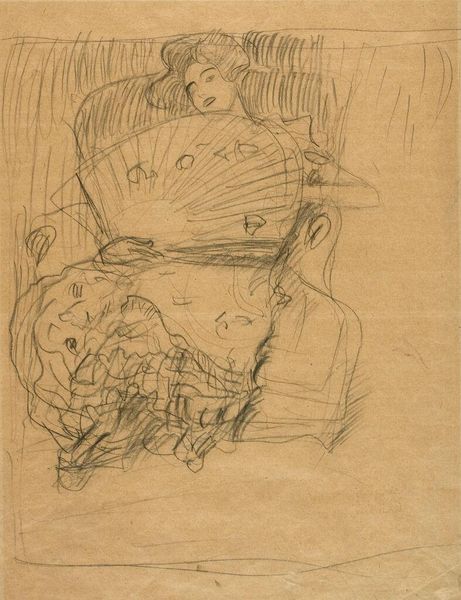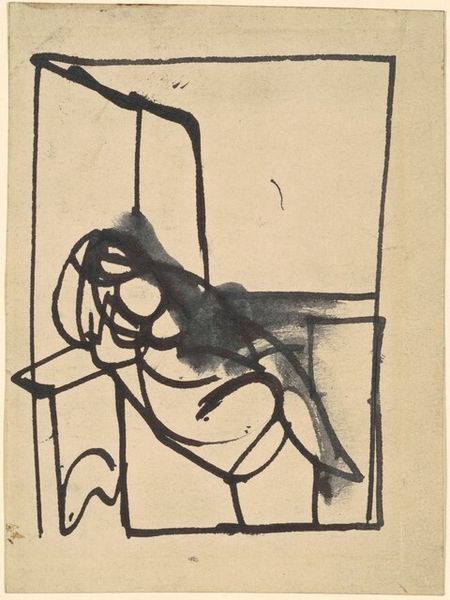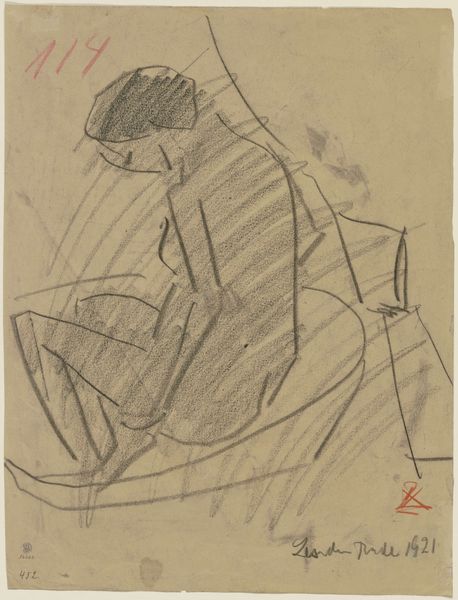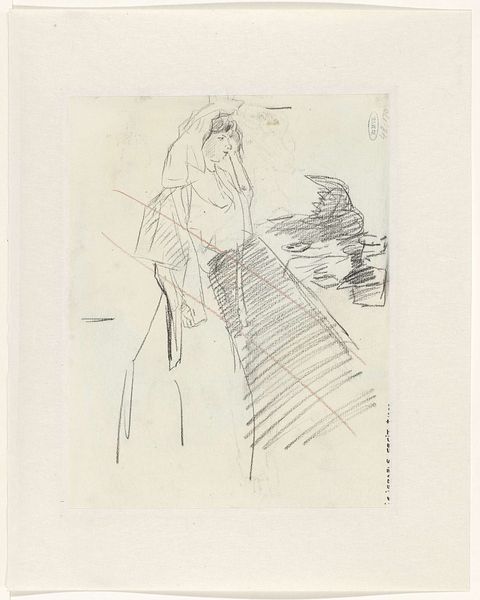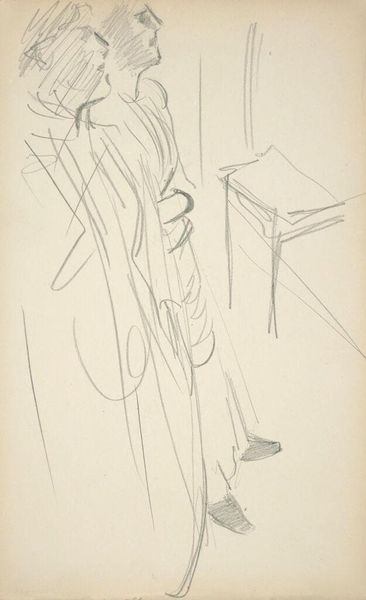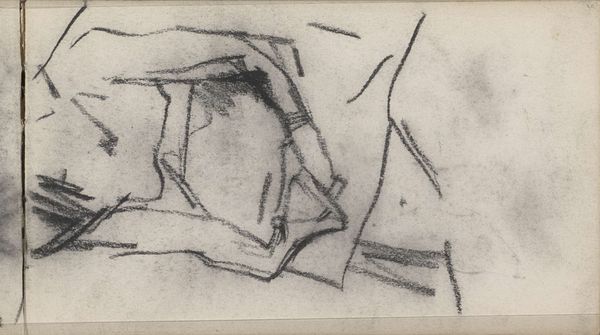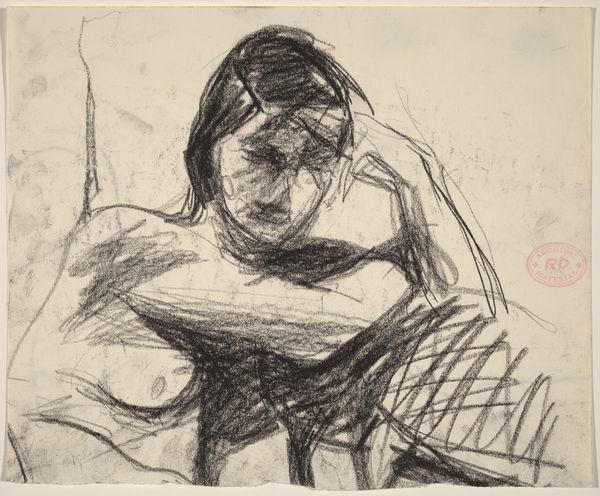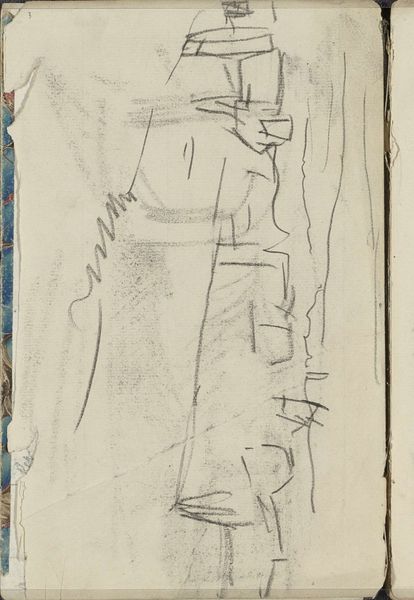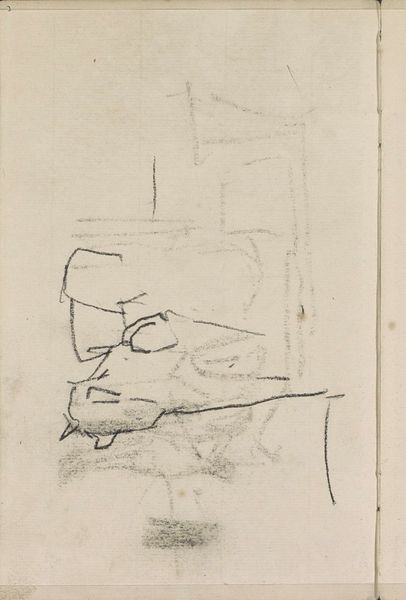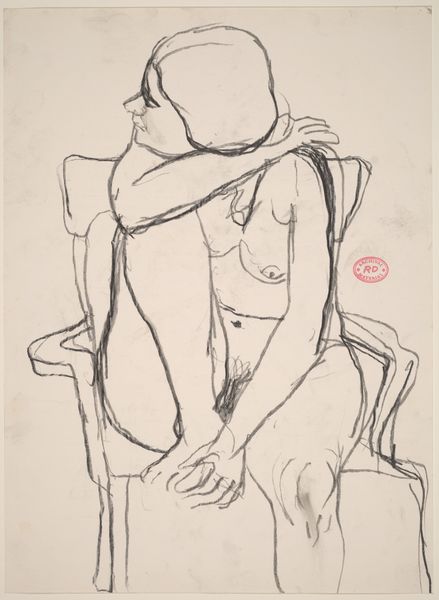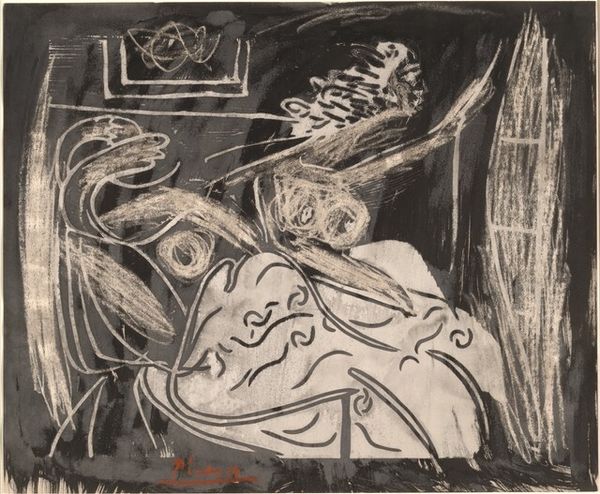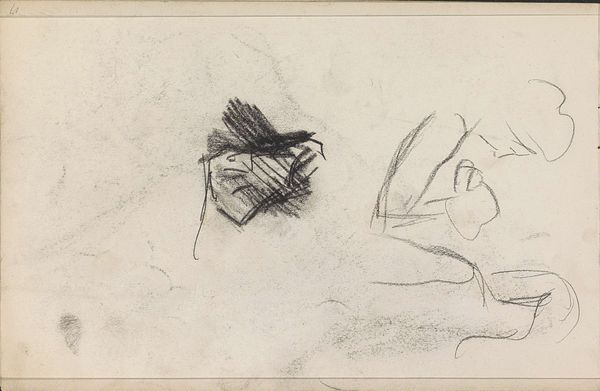
drawing, ink
#
drawing
#
cobra
#
ink
#
art-informel
#
abstraction
#
line
Copyright: Corneille,Fair Use
Curator: Editor: We're looking at an Untitled ink drawing by Corneille, created in 1950. The style is quite free, almost chaotic. It makes me wonder what I'm even supposed to be seeing. How do you interpret this work? Curator: The seemingly chaotic lines are, in fact, highly structured gestures loaded with post-war angst. Consider Art Informel as a movement rejecting geometric abstraction in favour of spontaneous, intuitive expression after the devastation of WWII. Doesn't this tangled web evoke a sense of societal unraveling and existential uncertainty? Editor: I see what you mean, but is it possible we are imposing meaning on something that is just abstract? It doesn't seem directly political or like social commentary. Curator: But is anything truly apolitical? Think about the very act of rejecting traditional forms, of embracing the messy and the irrational. It was a challenge to the established order, an attempt to create a new visual language for a world struggling to make sense of itself. What are your impressions of the lines, the overall form? Is it human, animal, or purely abstract? Editor: The forms suggest a face or figure within a confined, geometric structure, but the sketchy, almost violent, lines definitely create unease. It's not necessarily pretty or traditionally appealing. Curator: Exactly. And it is that discomfort, the tension between recognizable form and chaotic execution, that makes this drawing so compelling. It's a visual manifestation of the anxieties of a generation grappling with trauma and the uncertainties of the future. Editor: This makes me see it with new eyes. I am beginning to grasp it now! Thanks so much for sharing. Curator: Absolutely, and consider also the context of displacement and the impact of war; there's always something to discover when art and activism converge.
Comments
No comments
Be the first to comment and join the conversation on the ultimate creative platform.
